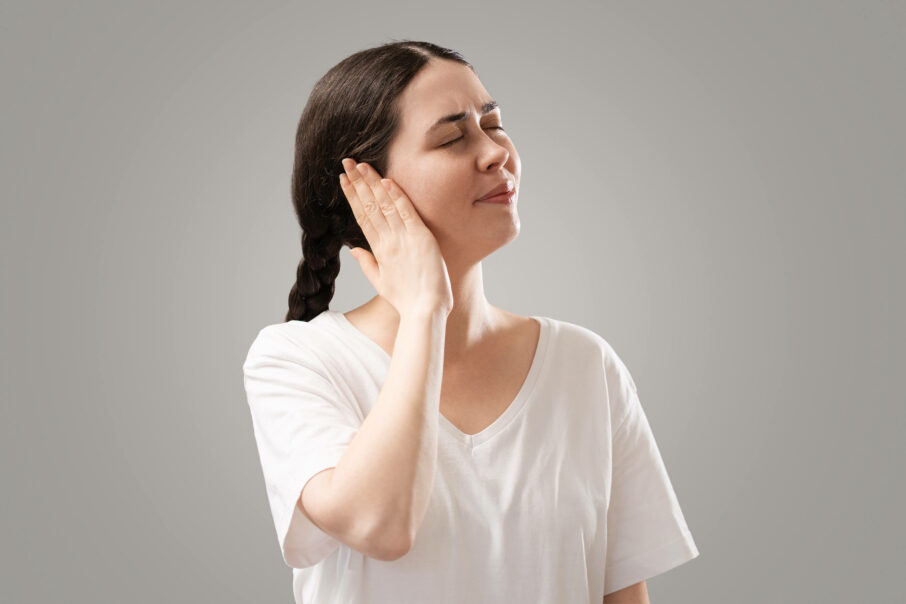It is not uncommon for people to have feelings of helplessness after receiving a diagnosis of hearing loss due to aging. The process of adjusting to the gradual loss of healthy hearing is a very emotional one and may be why the vast majority of people wait years, or even decades, before deciding to get treatment for their condition.
However, the hearing that is still present, despite the absence of specific frequencies, plays a significant part in ensuring that a person’s life continues to be full of vitality and autonomy. Following a diagnosis of hearing loss, the level of hearing that an individual still possesses is referred to as their residual hearing.
How Hearing Loss Works
The two most prevalent types of hearing loss that develop later in life are exposure to loud noises, also known as noise-induced hearing loss, and hearing loss that is caused by the natural process of aging, also known as age-related hearing loss. Both of these result in hearing loss that is not only progressive but also permanent.
Both noise and age harm the vital cells found in the inner ear, which are responsible for the majority of the hearing process. These cells, small but mighty, are responsible for converting the noise vibrations that come from the environment into electrical impulses, or sound information. Sent along the auditory nerve, this process allows sound information to be carried to the brain for processing.
Because time and exposure to excessively loud noise deteriorate the cells in the inner ear, these cells eventually lose their capacity to perform their normal functions. Once we no longer have access to our complete cadre of inner ear cells, we are unable to ‘hear’ the full expression of sound in the world.
Why Residual Hearing Matters
The amount of hearing that remains in spite of hearing loss is referred to as residual hearing, and it continues to play a crucial part in the process of keeping our awareness of the world around us, as well as in the treatment of hearing loss.
Hearing aids, as hearing loss solutions, depend on residual hearing. They rely on the established networks of previous and remaining hearing to carry the amplified sound from the ear to the brain for processing. Just one more reason to act quickly when it comes to intervening in hearing loss.
Making use of residual hearing assists in making a smooth transition into healthy hearing through the use of assistive measures such as hearing aids and cochlear implants.
We also have residual hearing to thank for its assistance in identifying environmental sounds, which plays an important role in ensuring our safety in the world. Even though it might be frustrating to hold conversations, residual hearing allows us to hear louder warning sounds such as a dog barking, a bike bell ringing, or a car horn blasting.
Protect The Hearing You Have
Life doesn’t end with a hearing loss diagnosis, and protecting the hearing you have left is important. Among risk factors for future hearing loss, noise looms large. It’s also an aspect of our environment that we have a certain amount of control over.
Volume Vigilance Matters
Small but transformational habits can help preserve your residual hearing for decades to come.
Be aware of the volume choices you make throughout the day. At home in front of the television, in the car and on your personal devices. As much as possible, try to keep all volumes at or below halfway. Instead of cranking up the volume if you’re having difficulty hearing, first eliminate any distracting noises that might be interfering.
Pay particular attention to the volumes that your ears endure when using earbuds or headphones, as they can easily reach decibel levels that far exceed what is considered harmful to your sensitive inner ear cells.
Make An Appointment For A Hearing Consultation
Make an appointment for a hearing consultation as soon as possible; don’t put it off until time and noise start interfering with your life. We’ll walk you through a simple hearing exam and use your results to map out a successful plan for your hearing health future.


